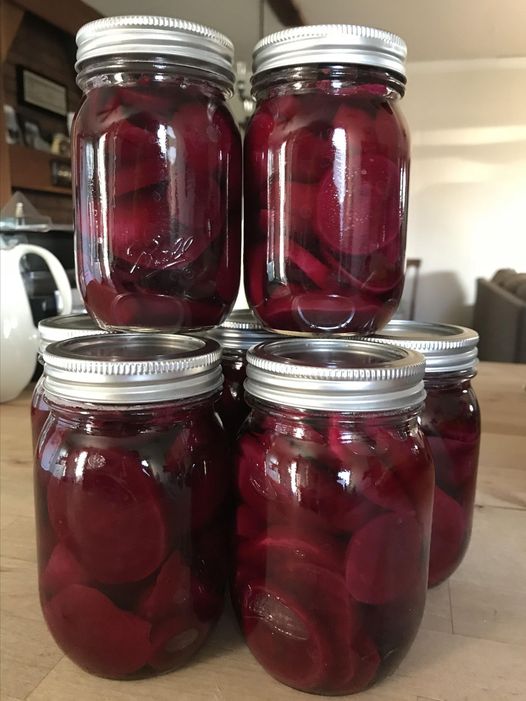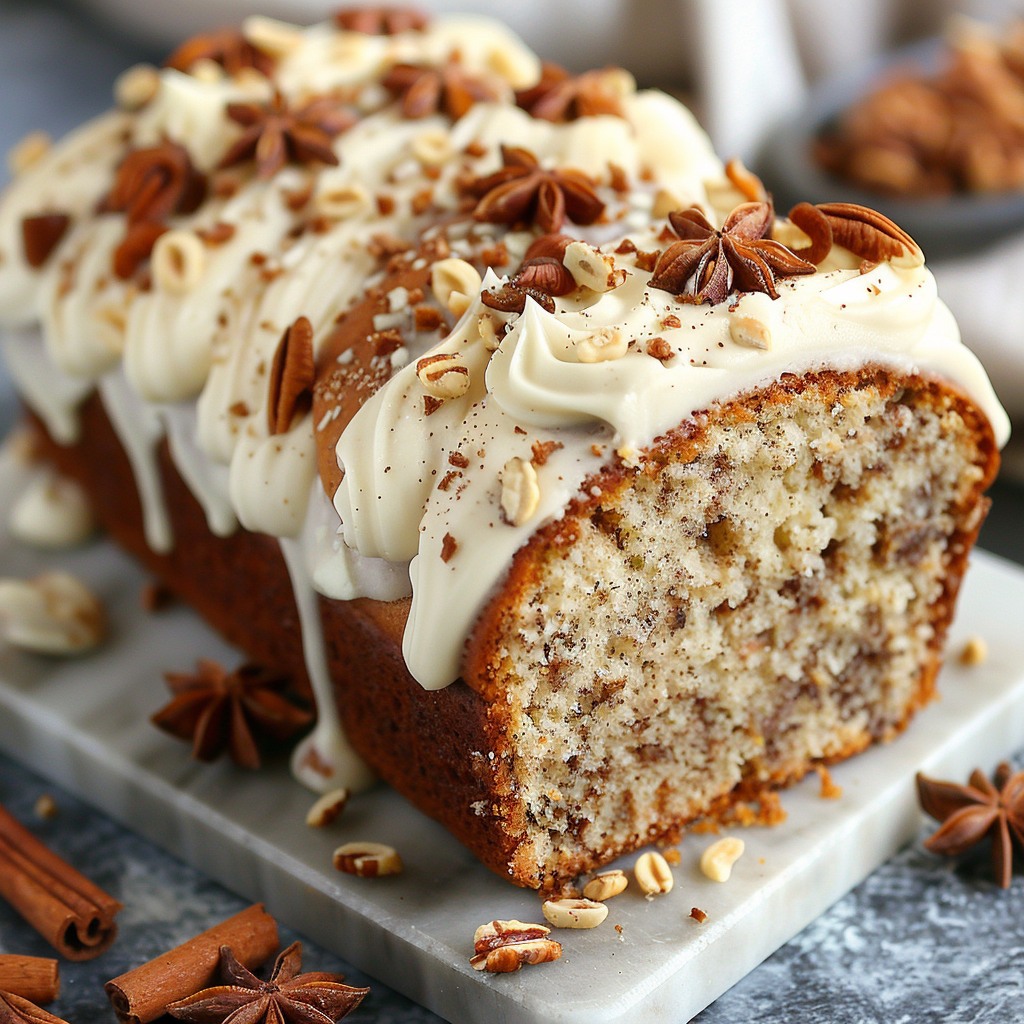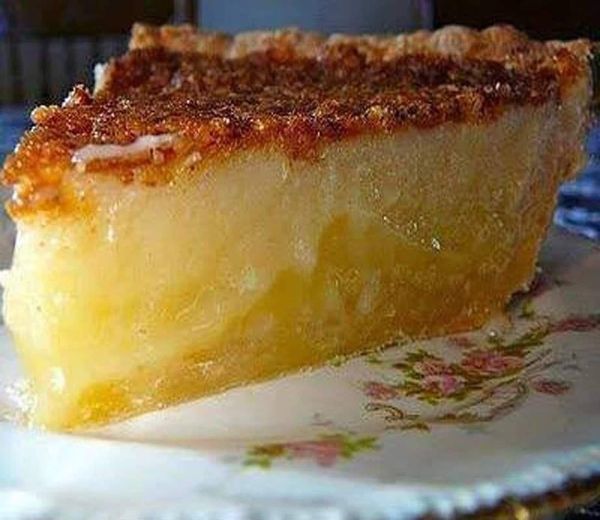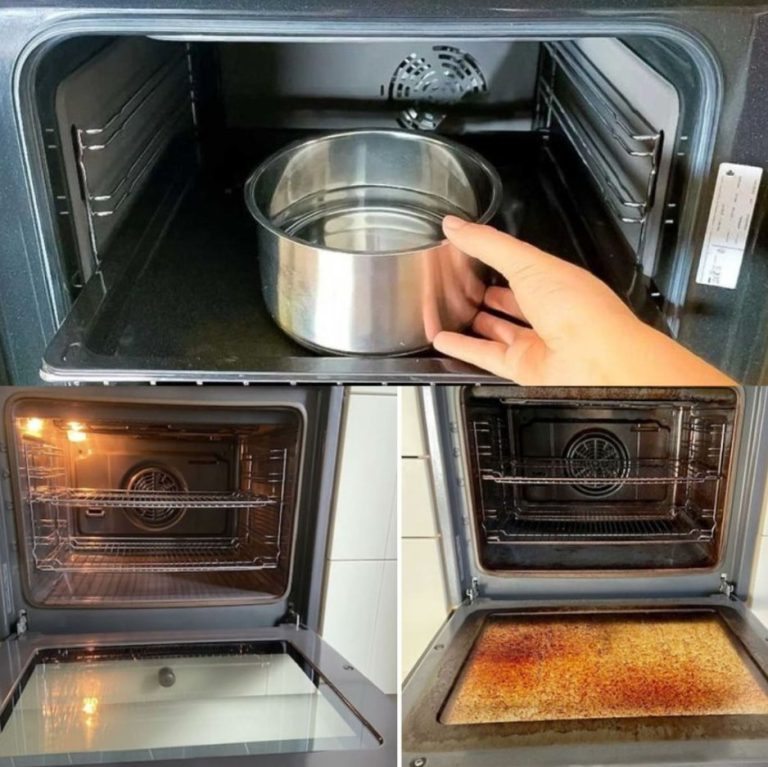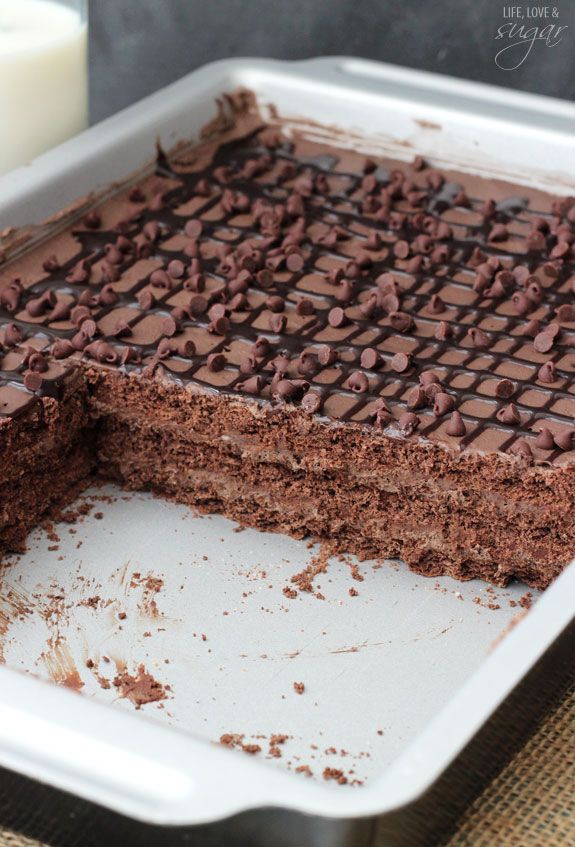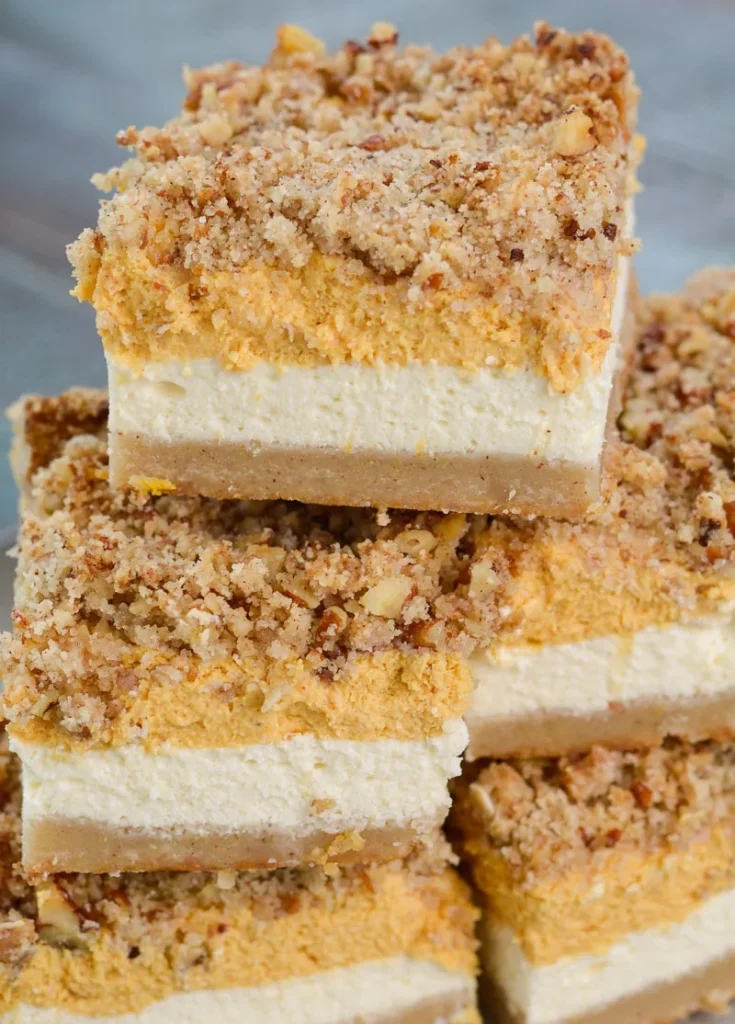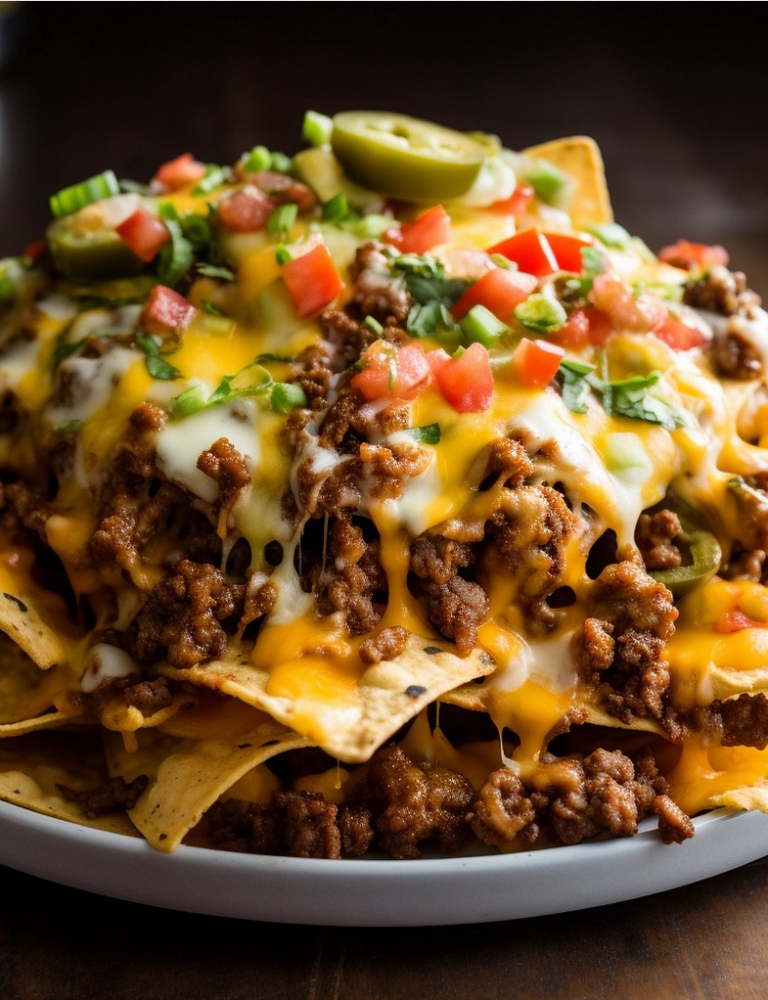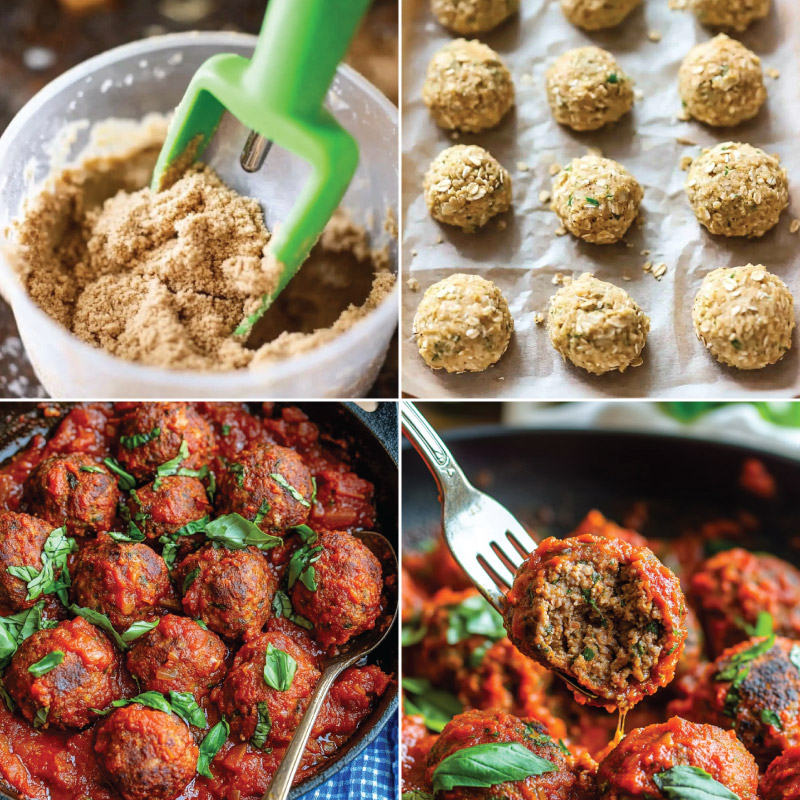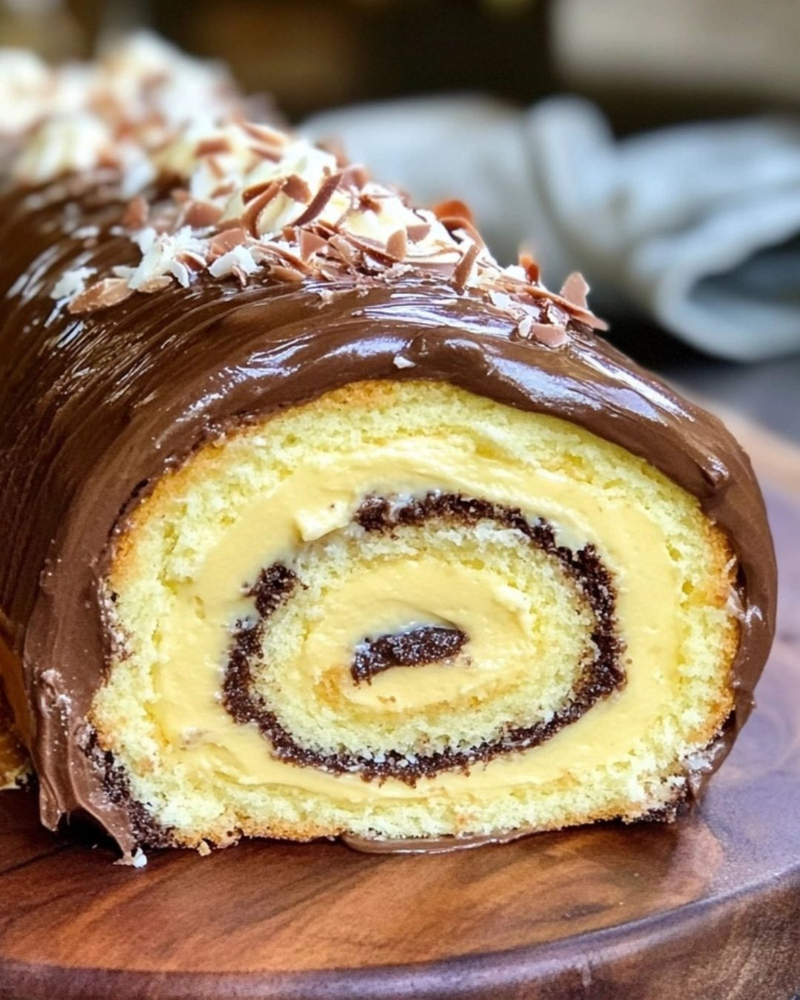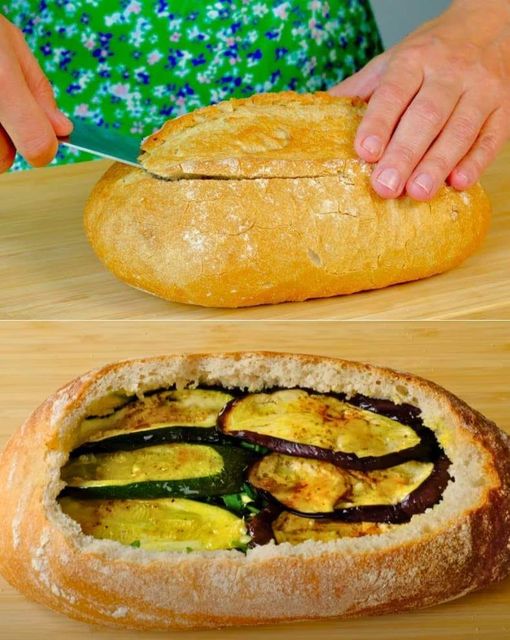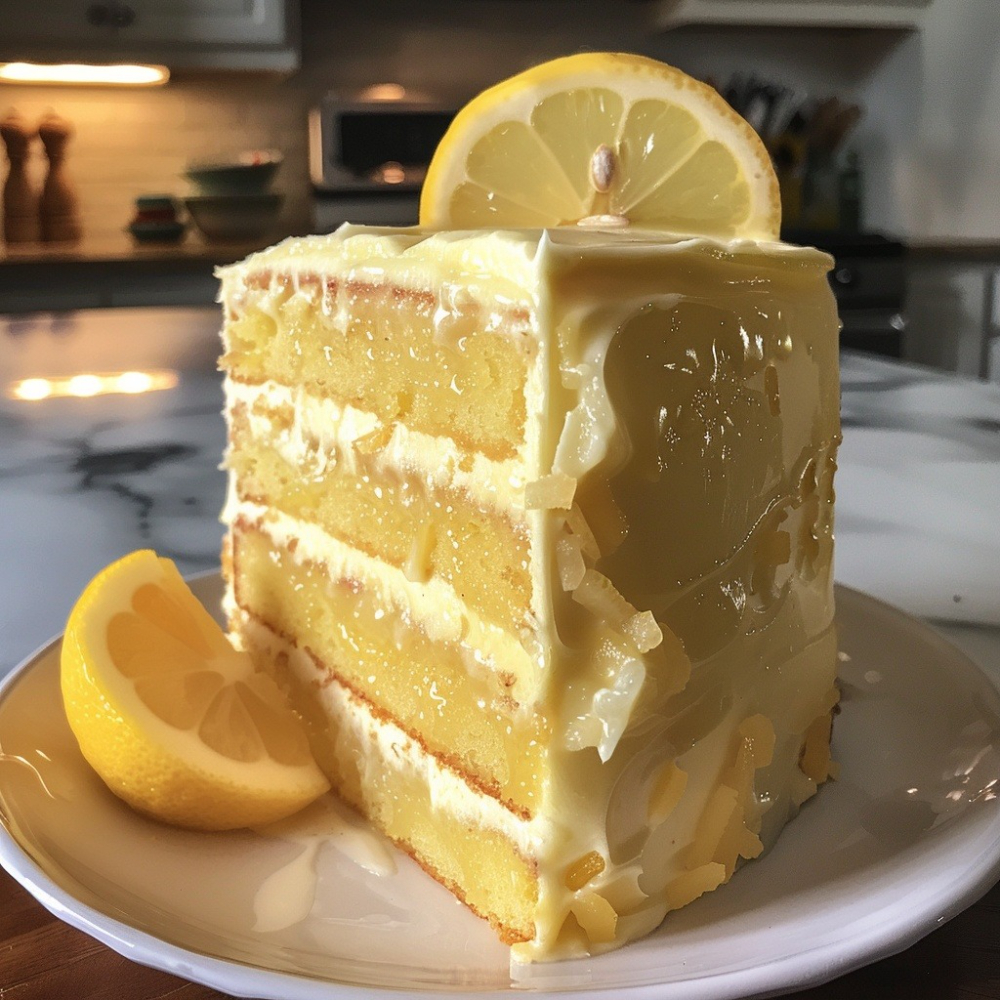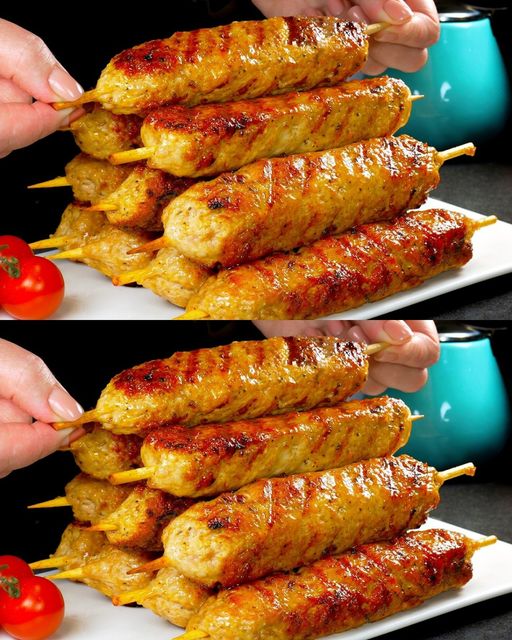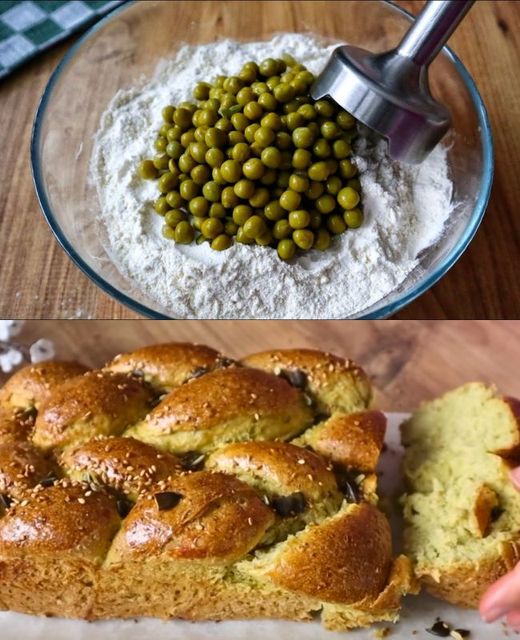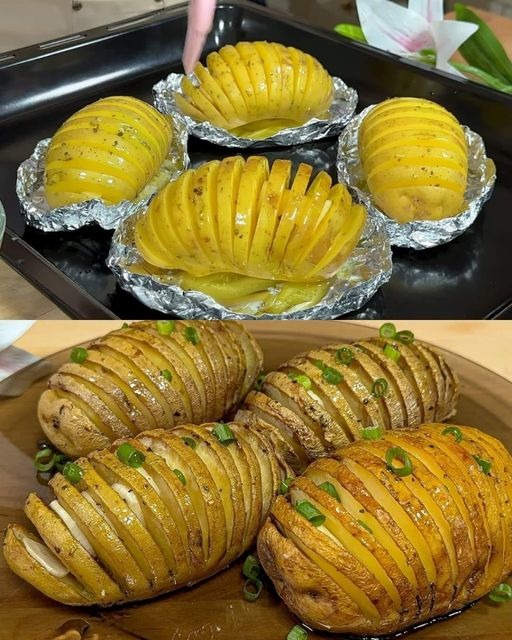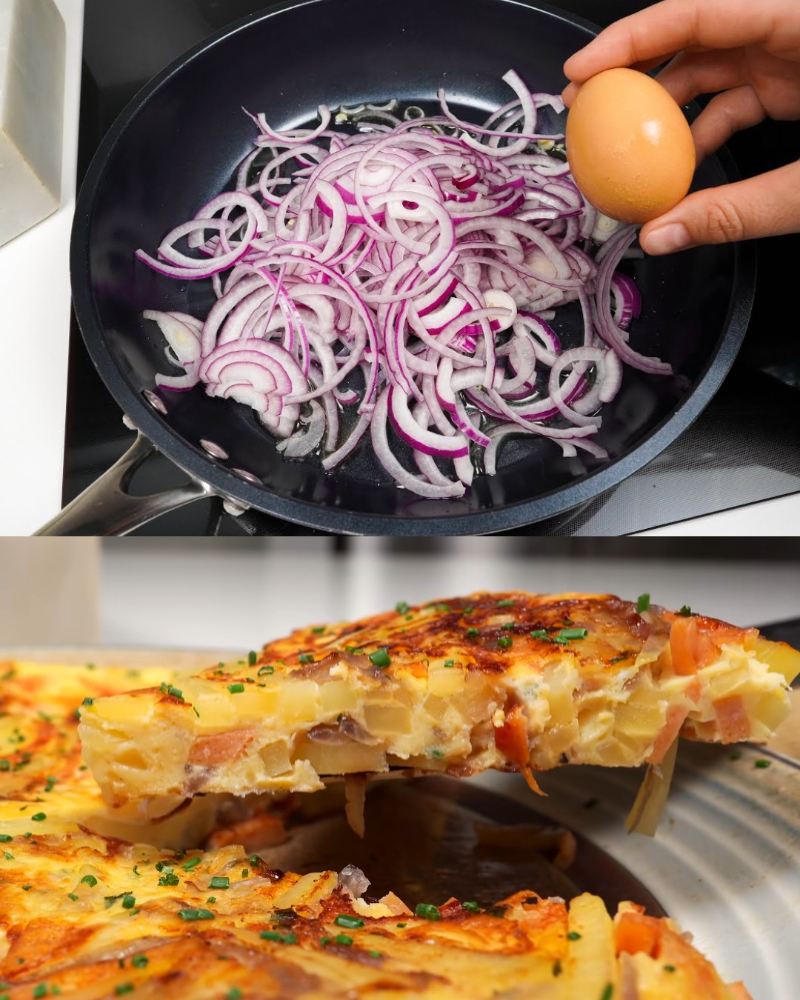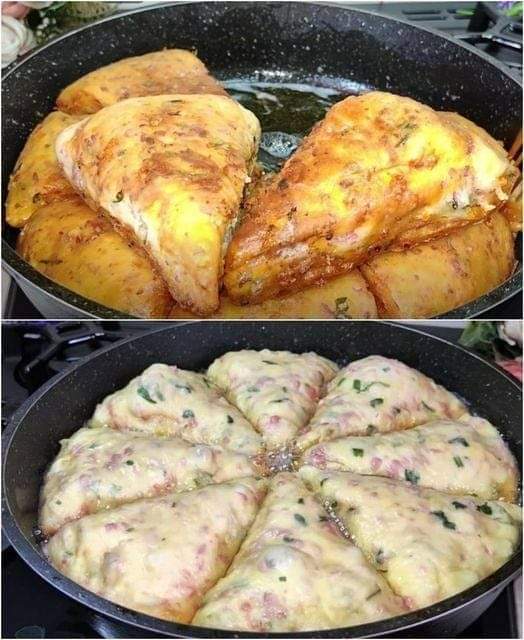Boiling the soup to cook the noodles will cause the meat to become tough and chewy instead of tender. Alternatively, cooking the noodles slowly in the soup can make them gummy.
Noodles absorb a lot of broth during storage, (and while they cook), so it’s best to store the soup and the noodles separately. To serve, add the noodles directly to serving bowls and ladle the soup on top.
Cooking the noodles in the soup also makes the broth starchier.
I use Riesa Wavy Egg Noodles for this recipe.
Feel free to butter the noodles when they’re done cooking to prevent them from sticking together. You can then refrigerate leftover noodles in an airtight container.
*If you’ve reviewed the info above and still prefer to cook the noodles in the soup, feel free to do so. You may want to use an extra cup of broth to account for what will be absorbed during cooking.
Best Cuts of Meat to Use
Sirloin and Tenderloin Roasts are pricier but more tender, which requires less cooking time to render down than tougher cuts of meat. (Ideal for stove top cooking.)
Chuck Roast, Rump Roast, and Bottom Rounds are more economical cuts that render down nicely if cooked using the slow cooker method. The best option is Chuck, then Rump, then Bottom Round.
You may also have the option to buy packaged stew meat that’s already cubed. While this also will work, I prefer to purchase it whole so that I can choose the cut I want. Stew meat isn’t always clearly labeled as to what cut it’s from. (But it’s almost always a tougher cut that requires slow cooking.)
PRO TIPS
Wine: Cabernet Sauvignon, Merlot, and Pinot Noir are the best wines to use for deglazing the skillet in this recipe. An equal amount of beef broth + 2 tbsp red wine vinegar can be used if you don’t cook with wine.
Broth: A little chicken broth is used in this recipe along with the beef broth as the contrast adds a nice depth of flavor. All beef broth may be used if preferred.
Mushrooms: I use white button mushrooms that are already sliced/washed as it’s a nice time saver. Cooking the mushrooms first and adding them to the soup at the end is the best way to preserve their color, flavor, and texture. If they’re cooked in the soup, they can become waterlogged and rubbery. This ingredient can be skipped for non-mushroom lovers, there are still plenty of other vegetables to make this complete.
Tenderizing the Meat: If you purchased your meat whole (as opposed to cubed stew meat), I recommend covering it with plastic wrap and tenderizing each side with a meat mallet for extra tender results!
Cooking the Meat: The beef is seasoned and sauteed to create a textured outer crust. This also adds “fond” (flavor) to the pan, which is deglazed with wine to make the soup more flavorful. The beef is then cooked low and slow which ensures it’s nice and tender.
Continue Reading in next page
REFRIGERATOR PICKLED BEETS
Hummingbird Bread with a heavenly Cinnamon Cream Cheese Frosting
Buttermilk Chess Goodness
Oven Crust? Do This After Each Use & You Won’t Have to Clean It for Weeks!
Death by Chocolate Icebox Cake
I overheard my husband telling his friend he’s with me for my money – The lesson I taught him was harsh
Pumpkin Cheesecake Bars
Cake in 15 minutes! The famous cake that drives the whole world crazy! Better than apple pie
Almond parfait: the recipe for a fresh and delicate dessert
